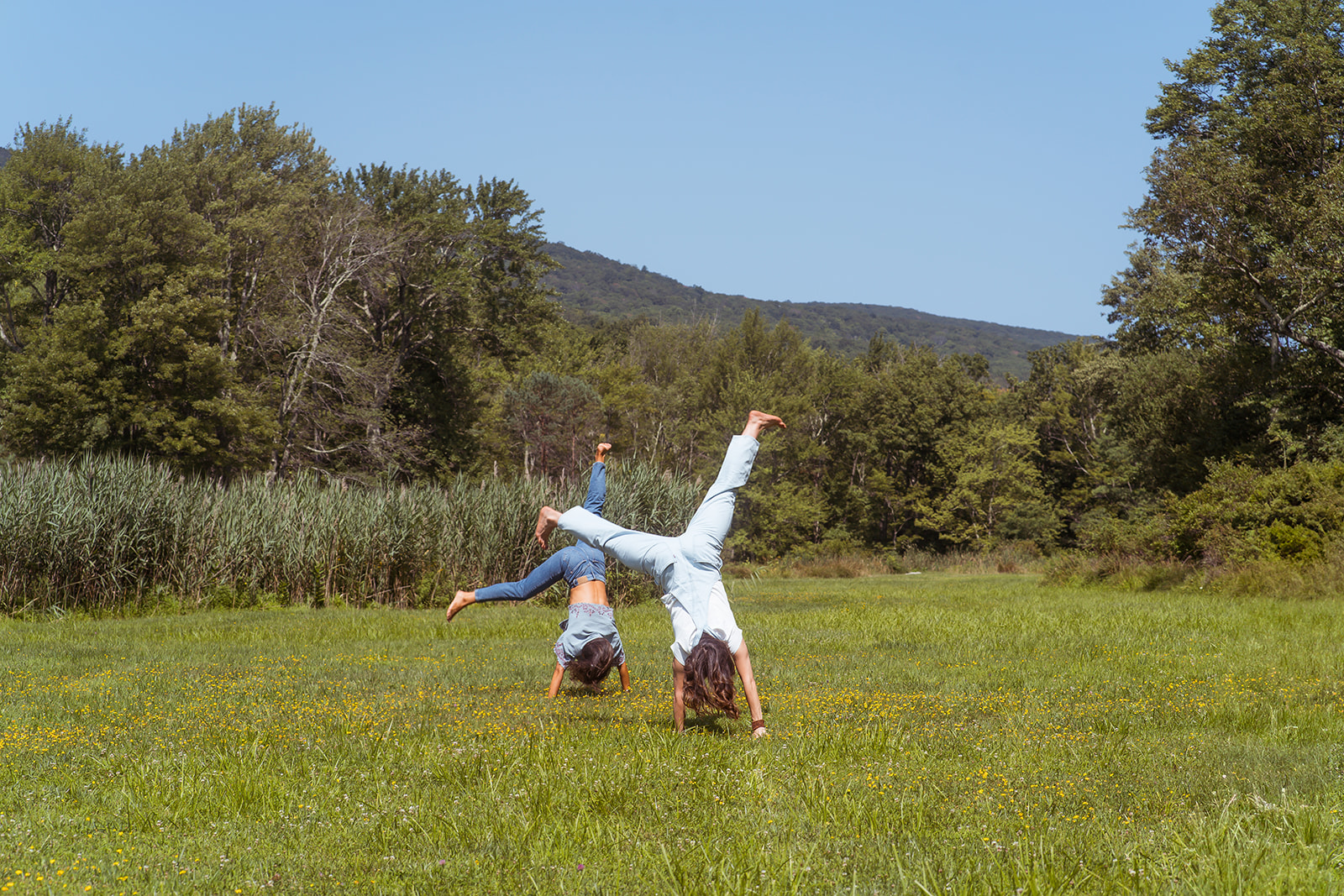How I navigate Cultural Appropriation as a Spiritual White Lady
Amanda Baudier
27 Sep 25
Share this post

In 2014, I spent an extended period of time in India on what I would have then called a “pilgrimage” (cringe).
At that time, I was a newly minted 300-hour yoga teacher with a decade-plus of daily practice and ethical veganism under my belt. I had given up animal products as a part of my commitment to Ahimsa. You see — I was into soooooOoo much more than just Asana. It was all Eight Limbs or BUST for me, baby.
I spent my mornings before work at Jivamukti in the East Village (RIP), and my weekends at Kirtan events, idolizing folks like Krishna Das, Ram Dass, and basically anyone with a Das(s) in their (adopted) name.
In fairness to my younger self, it was during that time — reading The Yoga Sutras on an M60 bus uptown to Columbia after yet another coke-fueled bender — that I experienced the first twinkling of my spiritual awakening. I had spent middle school, high school, and college thus far abusing my body in every way possible: starving, bingeing, purging, drinking, and doing a vast array of drugs.
But when I stumbled across the concept of Prana — thanks to Swami Satchidananda’s commentary in his translation of the Sutras — a long-forgotten light within me flickered.
"Shit," I thought. "Smoking cigs and snorting lines isn’t just dulling my pain — it’s dulling my prana."*
At the time, I didn’t know why I cared more about my life-force than my life-life (crack kills, and all), but I suppose it makes for a good origin story in the Chiron/wounded-healer arc of my life.
I went to India expecting it to be the trip — the life-changing moment where I’d get my spiritual name (Manda-Das), buy an AUTHENTIC (!!) harmonium, and fly home ready to launch my career as a Bhakti music star.
Instead, I found myself standing awkwardly in the back of a temple while real Hindus offered puja (flower garlands) to statues of their deities. I thought… WTF am I doing here?
Don’t get me wrong — I was moved and enthralled by the ecstasy of their devotion. But I also had the thought: what if a bunch of Indian tourists came and watched my First Communion as a white, American Catholic?
"Ooh," they might think, "look at all the little children dressed in white! Smell the frankincense wafting through the air! And wait — is that LATIN they’re chanting in? This is SO cool and spiritual!! I’m changing my name to Sister Mary something-or-other ASAP."
While others on my trip bought traditional saris and donned bindis (even though no real Indian people in Vrindavan — Krishna’s birthplace — were wearing them), I began to pull back. I reconsidered my life plan of international Kirtan stardom and realized... no. I would never feel comfortable adopting this spiritual culture as my own.
In the eleven years since that trip, I’ve delved deep into Zen Buddhism, Native American and Peruvian Shamanism, Kabbalah, Mystic Christianity, and the pre-Christian Pagan rituals of Central Italy — what some call Stregheria or Italian witchcraft. I’m good with that term too.
Still, I would never call myself a Buddhist, a Shaman, a Christian, or a Witch.
I am also all of those things.
Today, I consider myself Spiritually Autonomous and Culturally Reverent.
I share wisdom from these traditions while making it clear I do not claim them as my own. In my teachings these days, I reference Jesus more than Buddha or Krishna. I grew up immersed in Catholicism — and the Beatitudes, my most beloved teachings, have been permanently etched into my mind.
What gets me these days is how comfortable folks are chanting Namaste without knowing what it means — yet they flinch if I quote the Bible. What I’ve realized, though, is that every wisdom path has beauty and depth to offer. It’s us humans who muddy the waters.
I no longer perform rituals or repeat prayers and chants that don’t deeply resonate with me. I don't have to burn palo santo, call on Indian goddesses, or play a drum to prove I’m "spiritual."
And neither do you.
I take spiritual cultural appropriation very seriously. Not just because it’s exploitative, extractive, and racist — but also because it’s often not even an authentic path for most of us. Maybe you really love a teacher with Shakti or Kaur in her name, or you’re learning from a Shaman within Andean cosmology — and I’m cool with all that. But that doesn’t mean you need to say, wear, burn, chant, or imbibe everything they do if it doesn’t feel true to you.
If you’re early (or deep) on your spiritual journey but haven’t aligned with a specific lineage or teacher, welcome to the club. It’s a lot easier to say “I’m a this” or “I follow that person” and call it a day. But it’s far more rewarding to cultivate spiritual autonomy — and to create a set of practices that are perfectly YOU-shaped.
While the point of this piece is for you to listen to your own soul — not, ya know, follow another white lady spiritual teacher — here are a few tips that have helped me carve my own path, which might serve you too:
1. Heal your relationship to the religion of your youth.
To be clear: this doesn’t apply to everyone. If abuse or manipulation were part of your religious upbringing, you have full permission to leave it in the past. But if you simply associated your religion with the problematic people within it… I invite you to give it another look with fresh eyes. Ironically, a book called Resurrecting Jesus — written by Adyashanti (a Buddhist monk and white man born Stephen Gray) — was my first step in healing my relationship to Christianity and Catholicism.
2. Study the Indigenous practices of YOUR ancestors.
My people come from the Abruzzo region of Italy. Thanks to ancestry.com, I learned they were likely of the Marsi Tribe — revered (and feared) as master herbalists, healers, and serpent charmers. To this day, a village where my ancestors lived hosts the Festa dei Serpari, rooted in pre-Christian traditions and honoring the snake goddess Angitia. I also know that my people likely burned Rue, Mugwort, and Rosemary to clear spaces — not Palo Santo or Sage. With all that badassery in my own bloodline, why would I feel the need to co-opt someone else’s?
Every lineage has its own medicine. Find yours. Reclaim it. Watch it awaken something ancient in you.
3. Don’t be afraid to ask questions.
Unfortunately, there are a lot of people teaching what they barely understand. If you find yourself in ceremony and words or practices don’t quite land — ask. Any reputable teacher should be able to explain what they’re doing, and why, beyond a surface-level translation. They should know which herbs are endangered, which crystals are mined unethically, and whether their tools are sourced with care. Reverence is a non-negotiable for me — and it can be for you too.
4. Offer grace and accountability.
I started this piece with my (cringe) India story — and yep, I made mistakes. I acted out of naiveté, not malice. Err on the side of assuming good intentions. Offer education and suggestions without outright condemnation, whenever possible.
5. Connect with the Land beneath your feet.
And the trees in your neighborhood, and the animals you hear at night. Shamanism doesn’t have to mean drinking Amazonian Kambo or claiming a Puma as your spirit animal. At its core, it means living in harmony with your immediate nature. You can grow healing herbs, listen to medicine songs carried by local streams, and receive messages from the wild without ever leaving your own backyard.
Have you considered that?
6. Learn the history, context, and struggles of the cultures your practices derive from.
I know white folks teaching Tantra and Black folks teaching Theravada Buddhism — both doing so with deep integrity. They’ve done the work. They attribute accurately. They contribute financially where appropriate. Cultural exchange is a beautiful thing. Cultural appropriation — and cultural erasure — are not.
And remember: dabbling does not negate devotion.
I used to crave a more “pure” spiritual lineage so that my seriousness couldn’t be questioned. But the longer I walk this path, the more I realize: nothing is more powerful than developing a direct, embodied, experiential relationship with God.
(Yes, God — with a capital G.)
The teachings I share have been passed through the lens of my lived experience and cultural identity. They resonate with my soul. Not everything I teach can be claimed as “mine” but when I borrow, I do so with respect and reciprocity.
Some folks find my spiritual promiscuity disconcerting but if they stick with me long enough they come to respect it — because they can FEEL that it is real and true.
- What spiritual practices have you engaged in, even if they felt “off”?
- Where have you unintentionally practiced spiritual appropriation, and how could you get into right relationships with cultures of origin?
- What would you like to learn or rediscover about YOUR ancestral / familial religions and cultures?
- What “medicine” might you have been ignoring in your own backyard?
Spiritual autonomy will not only empower you as an individual, it also breaks the toxic pattern of (mostly) white folks pillaging the shiny objects from global spiritual traditions and using them (mostly) for capitalistic gain.
As Maya Angelou said, “when you know better, do better.” And from my spiritual perspective (and mine alone) — our Great Creator is thrilled when we grow our own spiritual wings, rather than plucking feathers from other cultures and placing them on our altars without permission just because it looks cool…
What say you, spiritual folks? This is a topic I’d LOVE to engage with you on in the comments.

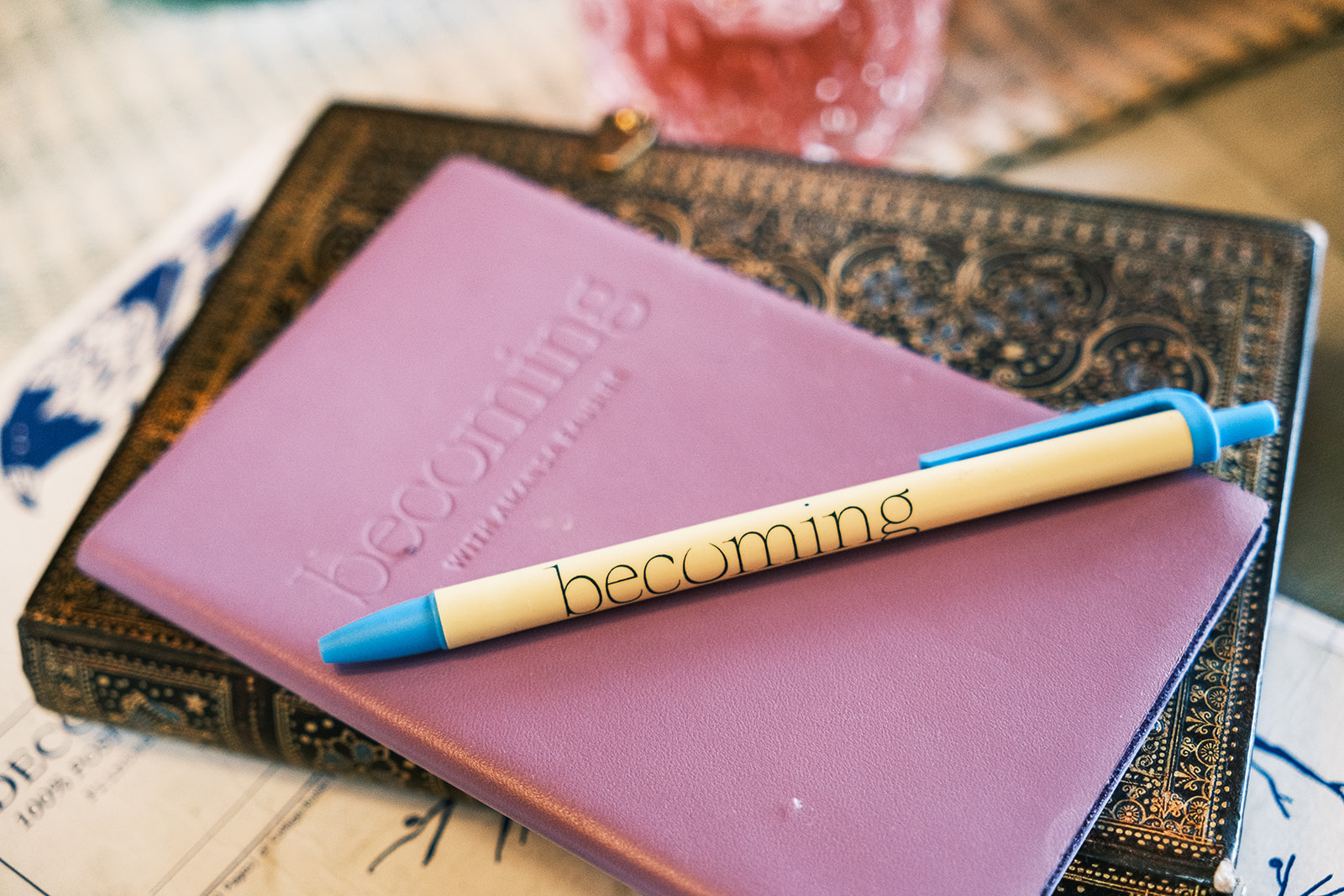
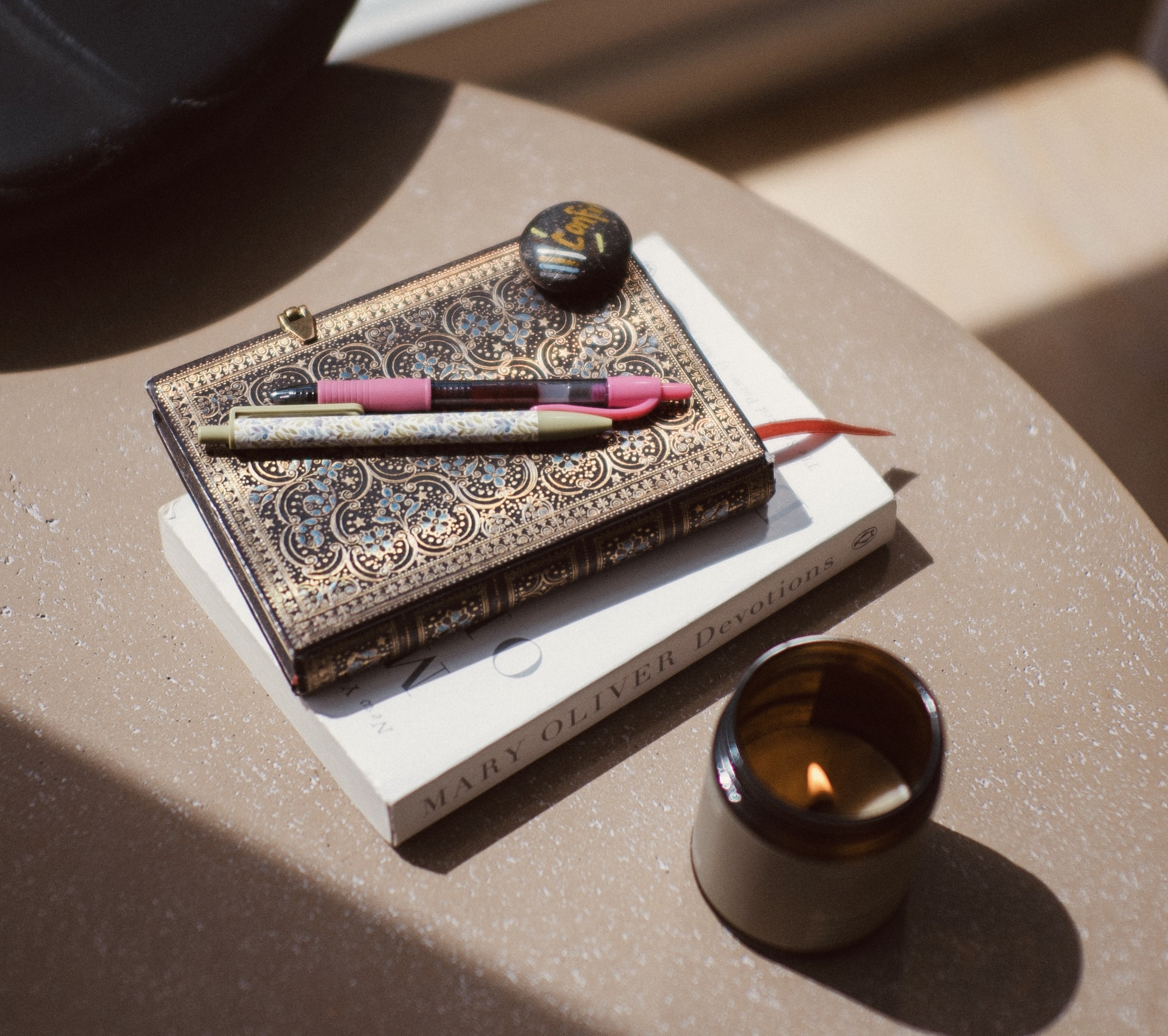
.jpg)

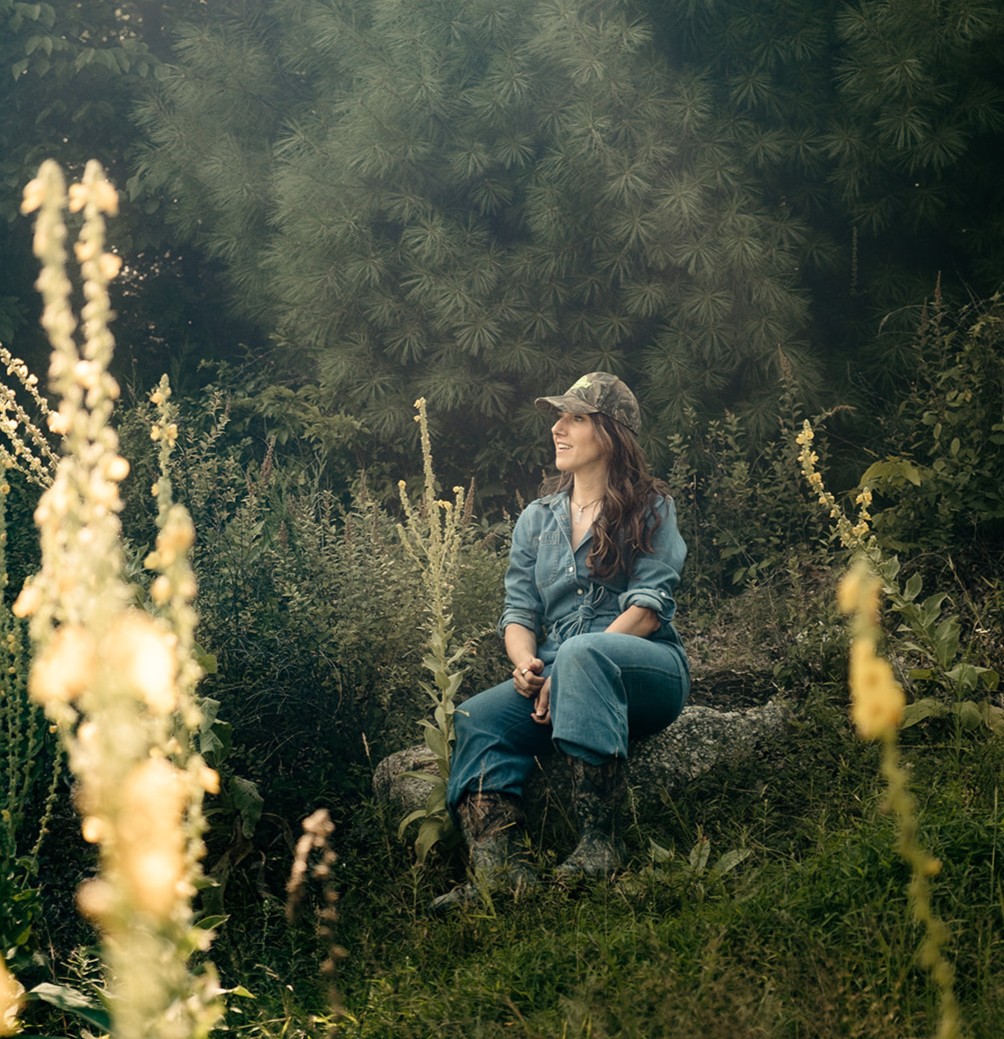

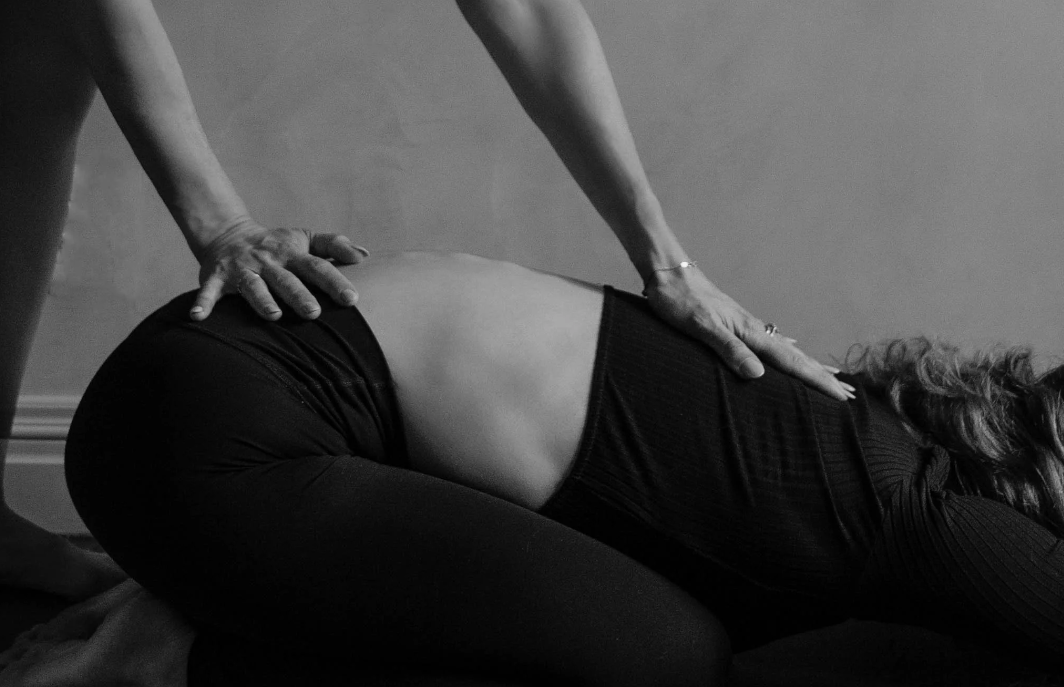
.jpg)
.jpg)



